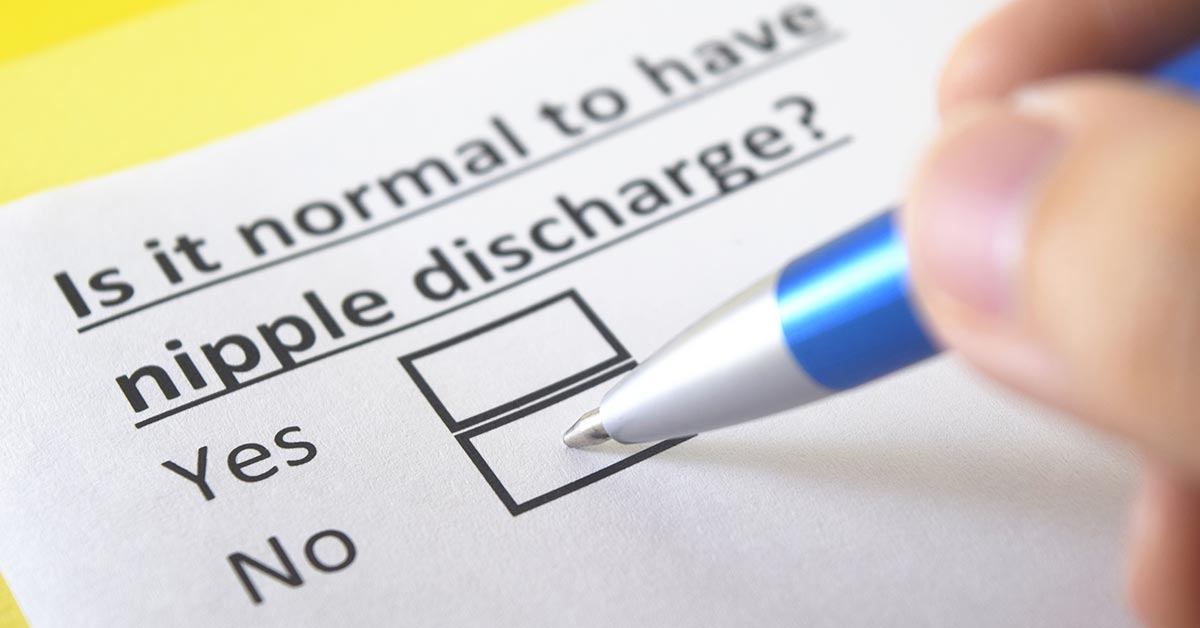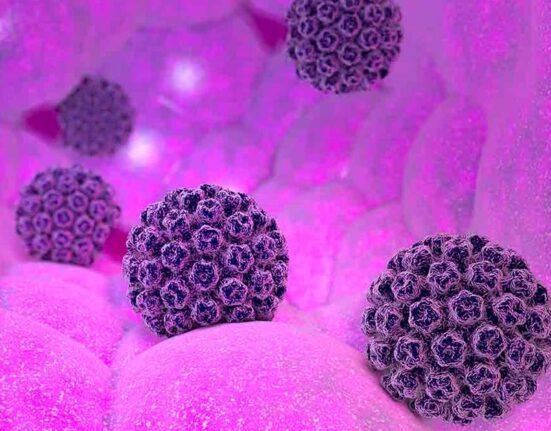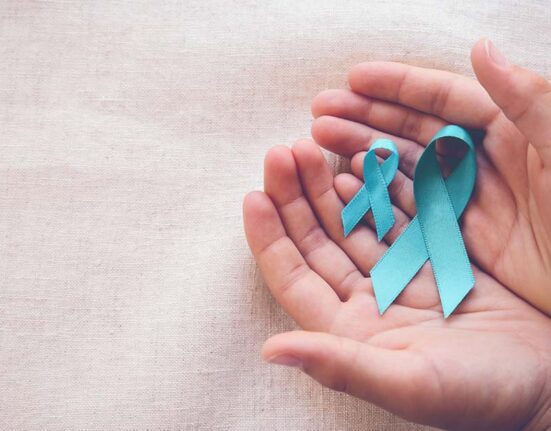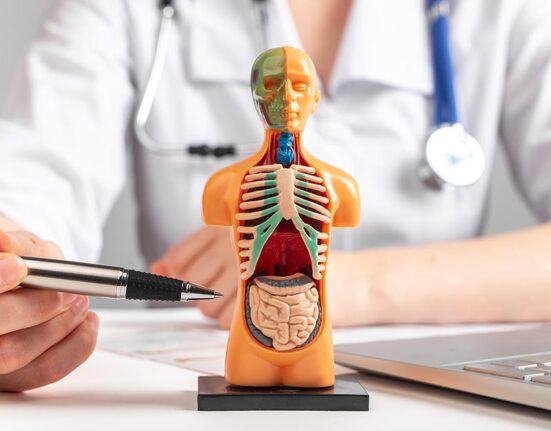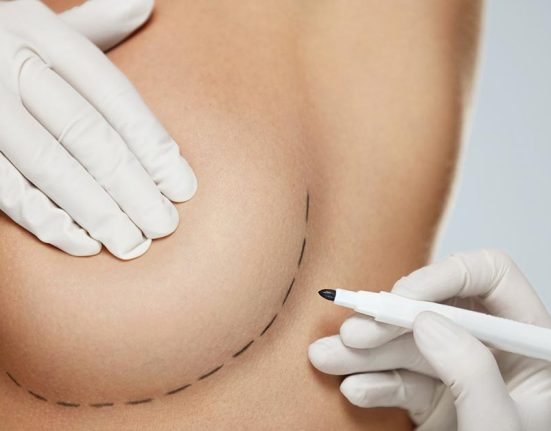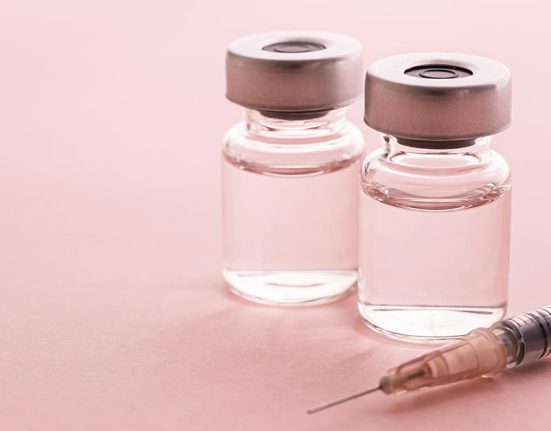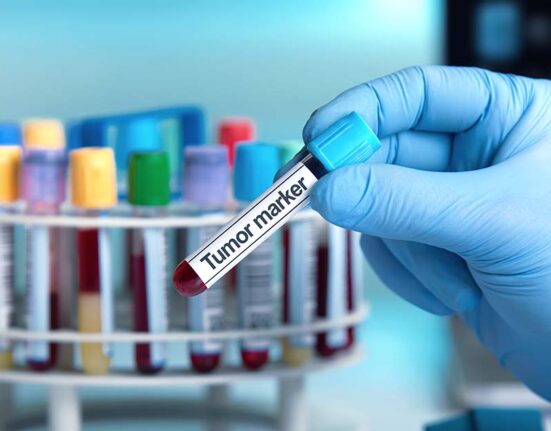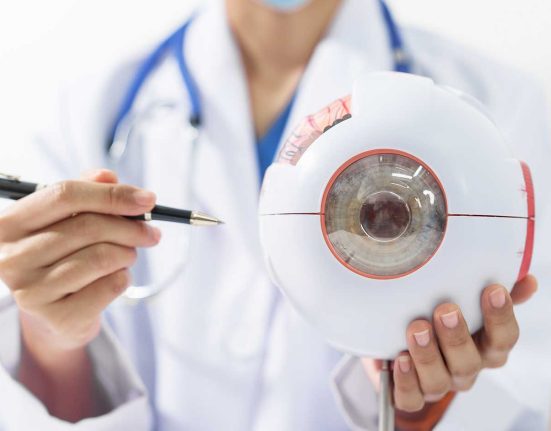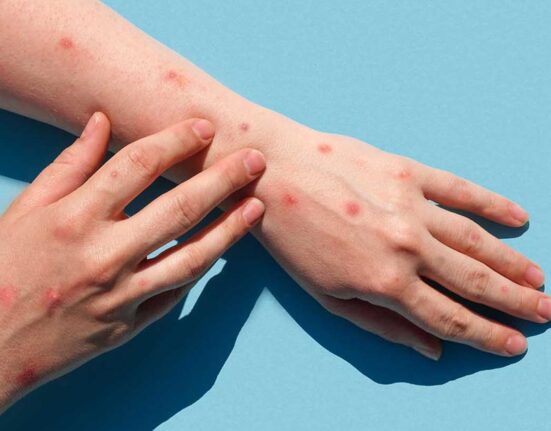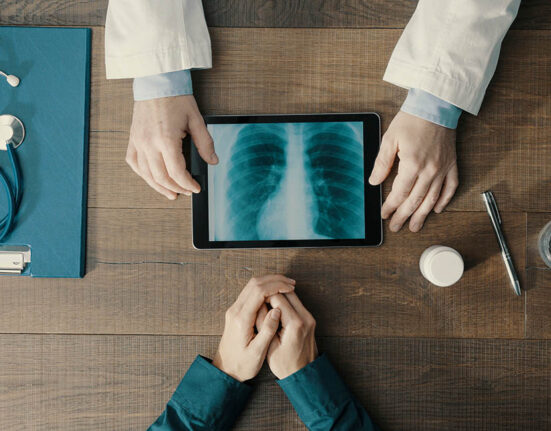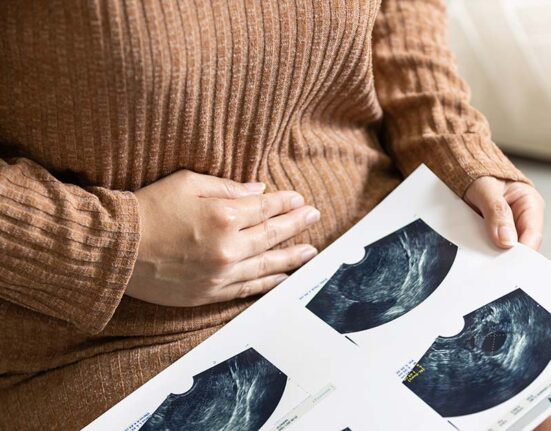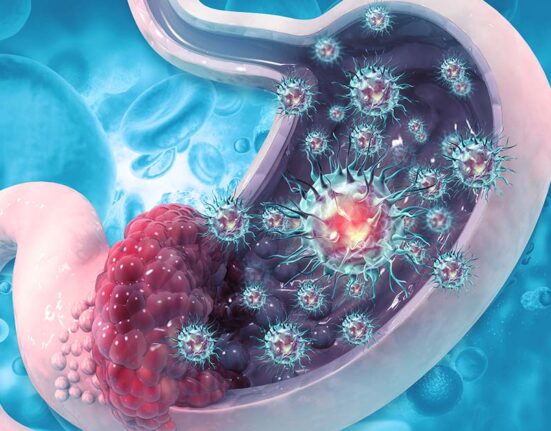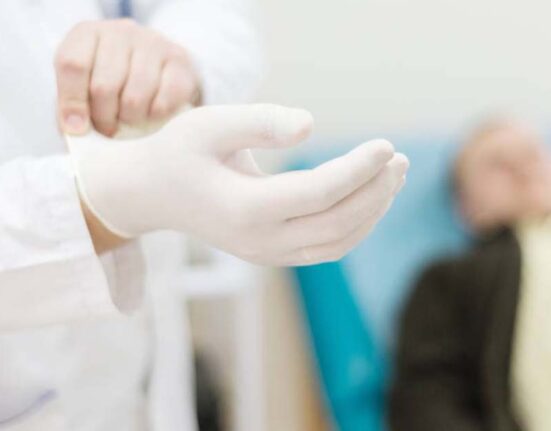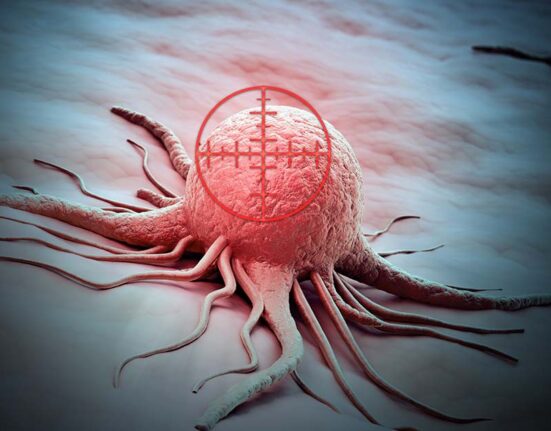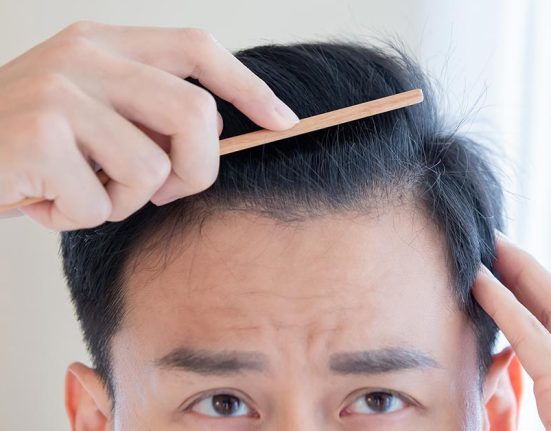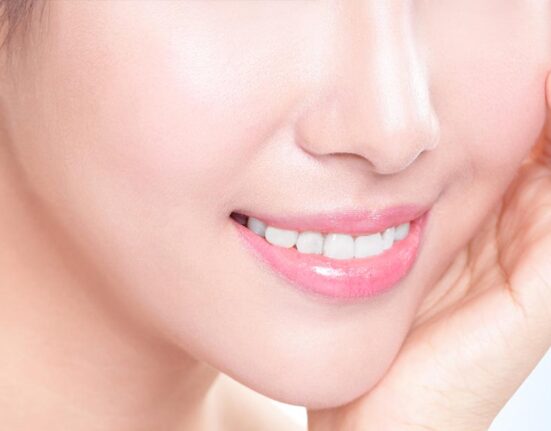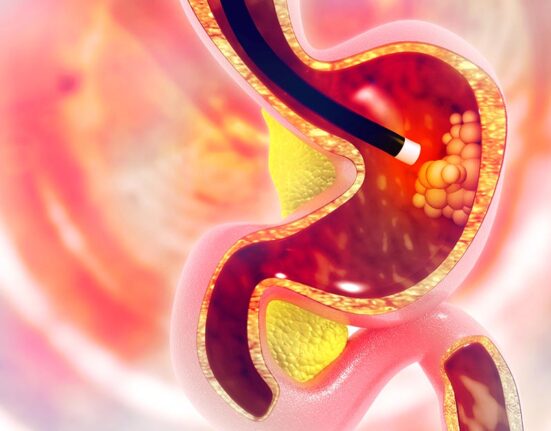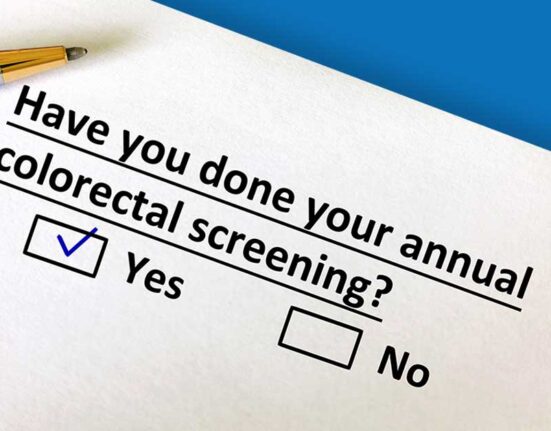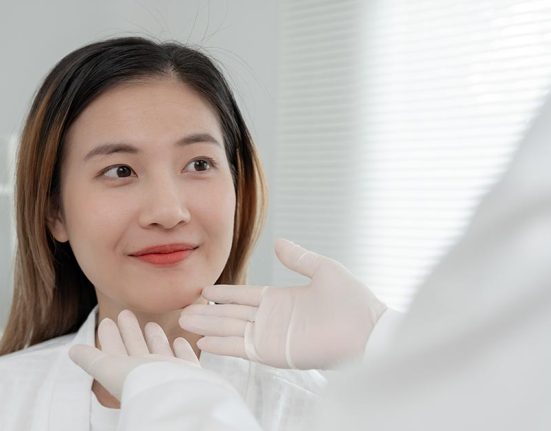Nipple discharge, though often alarming, is a common phenomenon that affects individuals of various ages and genders. In this article, we will help you understand nipple discharge, discussing its nature, potential causes, diagnostic procedures, associated conditions, and available treatments.
What Is Nipple Discharge?
Nipple discharge refers to any fluid that leaks from the nipples. This fluid can vary in color, consistency, and volume, ranging from clear and milky to bloody or greenish. While nipple discharge is most commonly associated with breastfeeding women, it can occur in individuals of all genders and ages.
Is It Normal?
While nipple discharge can be a normal occurrence, especially during certain life stages such as pregnancy and breastfeeding, it is essential to distinguish between normal and abnormal discharge. Normal discharge is typically milky or clear and occurs in response to hormonal changes. Abnormal discharge may be accompanied by other symptoms such as pain, swelling, or changes in breast texture. It may be a symptom of a medical condition.
It is considered normal if it:
- Appears clear, yellow, brown, green, or white.
- Is present in both breasts.
- Only manifests when you squeeze your nipples.
- Emanates from multiple milk ducts.
On the other hand, it is generally considered concerning if it:
- Is bloody, as this is nearly always a cause for concern.
- Is only from one breast.
- Occurs spontaneously, without any manipulation of the nipples.
- Is accompanied by other symptoms such as breast pain, redness, swelling, or changes in the appearance of your nipple.
What Are The Common Causes?
Common benign (not cancerous) causes include:
- Hormonal fluctuations associated with menstrual cycles or menopause.
- Pregnancy or lactation (including chestfeeding).
- Certain medications, such as birth control pills or some types of antidepressants.
- Benign or noncancerous cysts.
- Physical stimulation or chafing from clothing.
- Sexual excitement.
- Breast trauma.
- Stress.
It is considered abnormal when it appears spontaneously (without stimulation of the breast), is bloody, or occurs in only one breast. Conditions that might cause unusual nipple discharge include:
- Breast infections or abscesses.
- Intraductal papilloma (a benign breast tumor).
- Significant underactivity of the thyroid gland (hypothyroidism).
- Mammary duct ectasia.
- Pituitary gland tumors.
- Fibrocystic changes in the breast, which are a normal variation in breast tissue.
- Paget’s disease of the breast.
- Breast cancer, although this is a rare cause.
When Should I Be Concerned?
While not all cases of nipple discharge are cause for concern, certain signs warrant medical evaluation. These include discharge that is persistent, spontaneous, bloody, associated with a lump or other breast changes, or occurs in individuals who are not pregnant or breastfeeding. Timely assessment by a healthcare provider is essential to rule out serious conditions.
Are There Diseases Associated With It?
Nipple discharge can be indicative of various breast disorders, ranging from benign conditions like intraductal papillomas and cysts to more serious ailments such as invasive breast cancer. Proper diagnosis and management are critical in determining the appropriate course of action.
How Is It Diagnosed?
Diagnosing the underlying cause of nipple discharge often involves a comprehensive evaluation, including a detailed medical history, physical examination, imaging studies, and possibly, biopsy or cytological analysis of the discharge fluid.
To pinpoint the source of the discharge, various tests may be employed, including:
- Imaging tests – These might include a mammogram (an X-ray of the breast), an ultrasound, or magnetic resonance imaging (MRI) to detect any abnormalities.
- Biopsy – Should the physical examination or imaging reveal any unusual findings, your provider might collect a sample of breast tissue for more detailed analysis.
- Blood tests – A blood sample may be taken to check levels of hormones such as thyroid and prolactin.
- Ductogram – In this procedure, a contrast dye is injected into the milk ducts before an X-ray is taken to examine these ducts more clearly through mammogram.
What Are The Treatment Options?
Treatment for nipple discharge depends on the underlying cause. In cases where the discharge is deemed normal or benign, reassurance and monitoring may suffice.
However, if an underlying condition is identified, treatment may involve:
- Medications (such as antibiotics for infections).
- Surgical intervention (for benign or malignant lesions).
- Hormonal Therapy.
- Targeted Approaches.
Consult A Doctor On Your Nipple Discharge
If you are having symptoms associated with abnormal nipple discharge, it may be best to consult a doctor. Health365 has partnerships with trusted healthcare providers in Singapore, Malaysia, and Thailand. Contact us for an introduction to a doctor for nipple discharge diagnosis.
Protect against cancer, cardiovascular disease, and other chronic diseases with regular health screening. Compare and shop for health screenings from Singapore and regional healthcare providers at a single convenient platform - shop.health365.sg
This article is informative only and is not intended to be a substitute for professional medical advice, diagnosis, or treatment, and should never be relied upon for specific medical advice.


